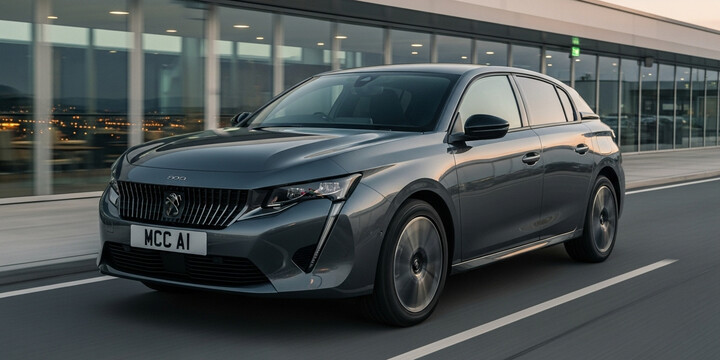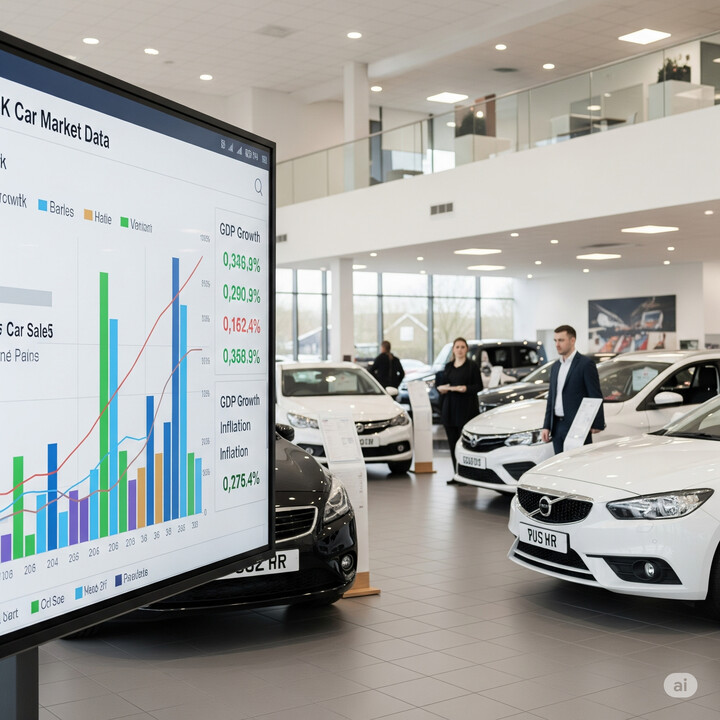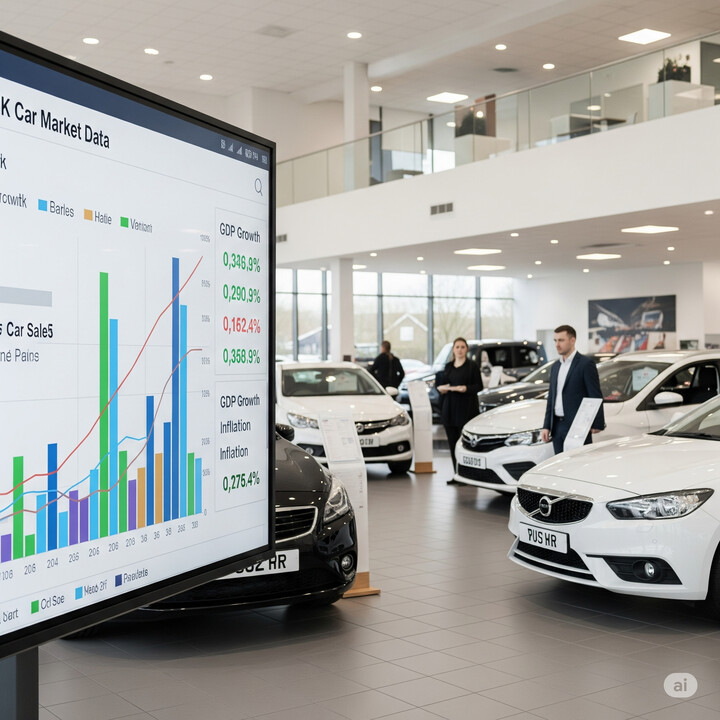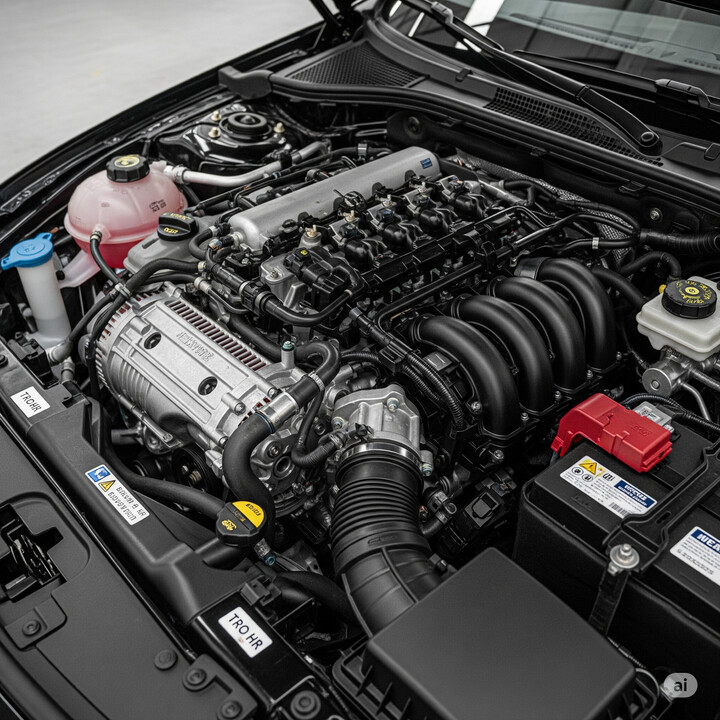
PEUGEOT E-308 (2023-) 5DR HATCHBACK 0.0 ELECTRIC 54KWH 156 FIRST EDITION AUTO
The PEUGEOT E-308 (2023-) 5DR HATCHBACK 0.0 ELECTRIC 54KWH 156 FIRST EDITION AUTO is a stylish and modern electric hatchback that stands out in the UK market, particularly for those seeking an eco-friendly yet practical vehicle. Designed with a sleek, contemporary look, this model offers ample space and a comfortable driving experience, making it an excellent choice for city commuters, small families, and anyone looking to reduce their carbon footprint without sacrificing style or convenience. As an all-electric vehicle, the PEUGEOT E-308 provides a smooth, quiet drive with impressive efficiency, ideal for daily errands, commuting, and longer journeys alike.
What makes the PEUGEOT E-308 First Edition particularly notable is its blend of innovative features, ease of use, and distinctive design. It’s well-suited for those looking for a reliable, zero-emissions car that combines modern technology with a refined driving experience. When compared to rivals in its class, the PEUGEOT E-308 is recognized for its attractive styling, comfort, and practicality—making it an appealing choice for first-time electric car buyers and environmentally conscious drivers. With an average valuation of around £26,560 based on recent private sales, this model offers a balanced mix of quality, value, and sustainability, making it a compelling option for anyone considering a used electric hatchback.

average use

The data indicates that all recorded vehicles of the PEUGEOT E-308 (2023-) 5DR hatchback with a 54kWh electric engine, specifically the First Edition Auto model, have a mileage of 0 to 10,000 miles. This suggests that, as of now, these vehicles are relatively new and likely have low mileage, which can be attractive to potential buyers looking for recent models with limited use.

vehicle values

The private sale valuations for the PEUGEOT E-308 5DR Hatchback (2023-) indicate that the majority of cars are priced within the £22,000–£23,000 and £28,000–£29,000 ranges, each accounting for around 40% of listings. A smaller proportion, about 20%, are valued between £31,000 and £32,000. This suggests a relatively concentrated market with most vehicles falling into the lower and mid-price brackets, and fewer sales at higher prices. The data reflects a balanced but somewhat compressed price distribution, possibly influenced by factors like mileage, condition, or market demand for this electric model.

production years

Based on the available data, all of the sampled Peugeot E-308 vehicles (2023 model) are recorded as being manufactured in 2024. This suggests that these vehicles are likely early or pre-release models, possibly representing the first batch or initial production units. It's important to note that as the data covers models up to October 2023, production timelines may extend into 2024, and this trend could evolve as manufacturing continues.

colour popularity

Based on the available data for the PEUGEOT E-308 (2023-) 5DR Hatchback, the majority of these vehicles, approximately 80%, are finished in white paint. A smaller proportion, about 20%, feature grey paint. This suggests that white is the most popular color choice among this model's owners, which aligns with broader trends favoring white vehicles for their modern and clean appearance.

ownership cycle

The data indicates that the majority of 'PEUGEOT E-308 (2023-) 5DR Hatchback 0.0 Electric 54kWh 156 First Edition Auto' vehicles, about 80%, have been registered with a single keeper. The remaining 20% have had two registered keepers. This suggests that most owners tend to retain the vehicle for a longer period without change of ownership, which could point to a relatively stable ownership profile for this model.

engine choices

The data indicates that all instances of the PEUGEOT E-308 (2023-) 5DR Hatchback 0.0 Electric 54kWh 156 First Edition Auto are powered exclusively by electric fuel, with no engine capacity information available. This suggests a consistent use of electric propulsion in this model, aligning with its electric-only design, while the absence of engine capacity data is expected given its electric nature.












